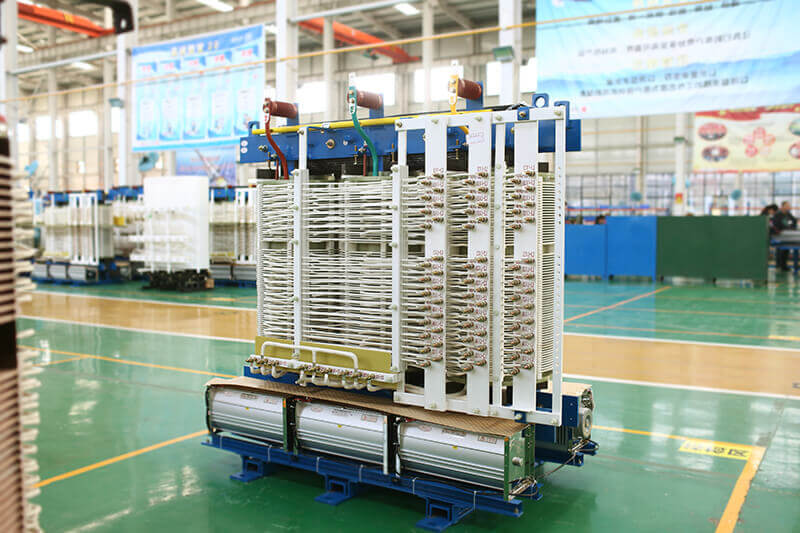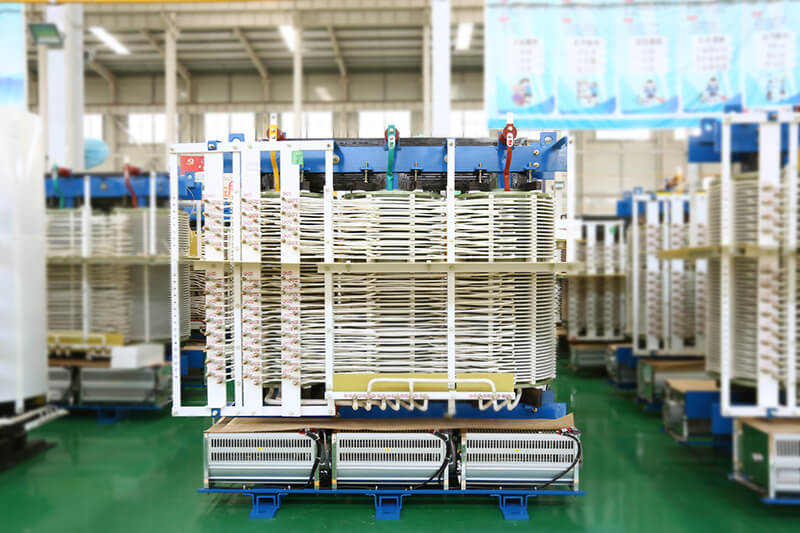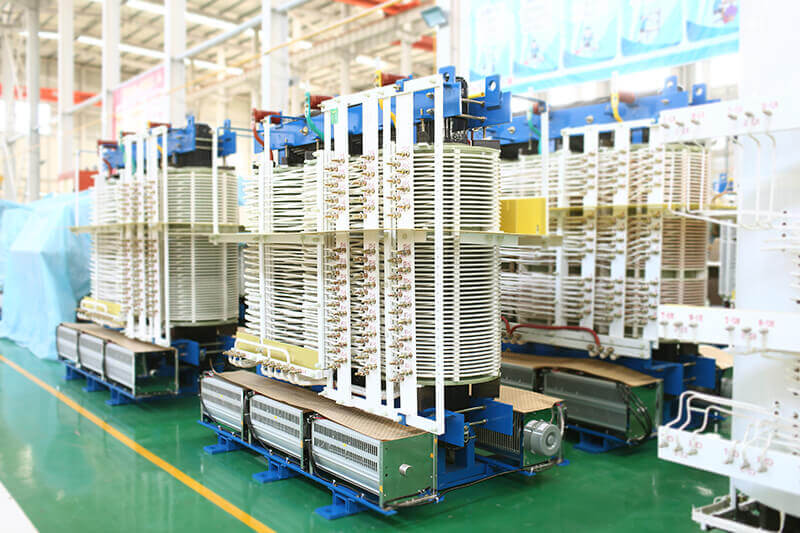Energy saving transformer trend
At present, in the context of the country's efforts to promote energy conservation and emission reduction, both the State Grid and China Southern Power Grid have implemented the replacement of energy-saving transformers as a major measure to reduce grid losses, which has brought many market opportunities for energy-saving transformer manufacturers, and even for the entire energy-saving transformer The market also has a guiding and reshaping role.
Great energy-saving potential of transformers
An expert from the National Transmission and Distribution Technology Cooperation Network said that transformers are the key electrical equipment for power transmission. Due to the large number of transformers, the transformer itself consumes considerable power. Relevant data show that at present, the power consumed by all transformers in China accounts for 3% -10% of the country's power generation. In the distribution network loss, the transformer loss accounts for 40% -60%, and the energy saving potential is huge.

According to national requirements, reduce power transformer losses, including no-load losses by 10% -13% and load losses by 17% -19%. Therefore, the implementation of energy-saving product replacement for high-energy-consumption transformers running on the grid has become the industry's development trend.
It is understood that energy-saving transformers include amorphous alloy iron core transformers, capacity-adjusting transformers, and so on. Such as amorphous alloy transformer, is an energy-saving transformer developed in the 1970s. Due to the use of a new soft magnetic material, amorphous alloy, the performance of amorphous alloy transformers surpasses traditional silicon steel transformers. According to calculations, the amorphous alloy transformer has a no-load loss reduction of about 80% and a no-load current reduction of about 85% compared to the traditional silicon steel sheet transformer. It is currently a distribution transformer with ideal energy saving effects, but it does not have the price and raw material supply. Advantage.
The market has not yet fully launched
Industry insiders told reporters that the current fragmented market for energy-saving transformers in China, coupled with low industry thresholds, uneven corporate good and bad, lack of identification and standards and poor technological innovation, have led to the slow promotion of energy-saving transformers.

According to reports, China's transformers have undergone several series of replacement processes such as S7, S8, S9, S10, S11. As early as the mid-1980s, the Chinese government compulsorily adopted the S7 series low-loss distribution transformers to eliminate the high-energy-consumption transformers of the JB1300-73 and JB500-64 standards that were running on the power grid nationwide. Since 1998, urban and rural power grid transformation has been implemented nationwide, replacing the S7 series with S9 series distribution transformers. In recent years, the national urban and rural power grids have begun to adopt S13 and S15 products in large quantities, and their no-load losses are reduced by 50% -80% compared to S9 transformers.
In order to promote the application of energy-saving transformers, the Ministry of Finance, the Ministry of Industry and Information Technology and the National Development and Reform Commission have jointly issued the "Detailed Implementation Rules for the Promotion of Energy-Saving Products to Benefit the People's Project for High-Efficiency Energy-Saving Distribution Transformers" as early as 2012. Financial subsidies.
A transformer company official told reporters that due to factors such as raw materials, the cost of energy-saving transformers is significantly higher than traditional transformers, and the price factor is also the main factor affecting the popularity and promotion of energy-saving transformers. "Although there are energy-saving subsidies for the people to support efficient energy-saving transformers, the market has not yet fully started."
In fact, in addition to financial support, the industry has also been trying to promote transformer products to improve energy efficiency through standard development.
Zhao Yuejin, a senior engineer at the China National Institute of Standardization, has witnessed the improvement of energy efficiency standards for transformers. According to its introduction, the revision of the GB20052 standard, completed in October 2012, has increased the level of energy efficiency limit values and energy conservation evaluation levels. In 2013, the National Standardization Management Committee issued the GB20052-2013 "Three-phase Distribution Transformer Energy Efficiency Limit Values and Energy Efficiency Ratings" announcement, and implemented on October 1, 2013. In the past, the era of distribution transformers divided by S7, S9, S11, etc. ended. The measurement of whether the transformers are energy-efficient has been divided into first-, second-, and third-level energy efficiency standards. Energy efficiency standards have opened a new era of energy-saving transformers. The new energy efficiency standards put forward higher energy efficiency requirements for products, and it is also expected to change the market structure of transformers.
Or break out of the industry's predicament
The scale of China's transformer industry is huge, but there are many SMEs, and the concentration is not high, and the manufacturers are scattered. Overcapacity and many hidden dangers have become an industry dilemma that cannot be ignored by the transformer industry.

According to the research report of China Research and Development Corporation, in recent years, China's transformer companies have been operating in a low-efficiency environment, and the phenomenon of overcapacity is particularly serious. China's annual transformer demand is about 1.5 billion kVA, while the transformer industry's production capacity is about 3 billion kVA.
An expert from the National Medium and Low Voltage Transmission and Distribution Equipment Quality Supervision and Inspection Center told reporters that the promotion of energy saving transformers will not only effectively help energy conservation and emission reduction, but more importantly, it can open a breakthrough for the transformer industry, which is trapped in the overcapacity situation. The effect of killing two birds with one stone.

.jpg)
